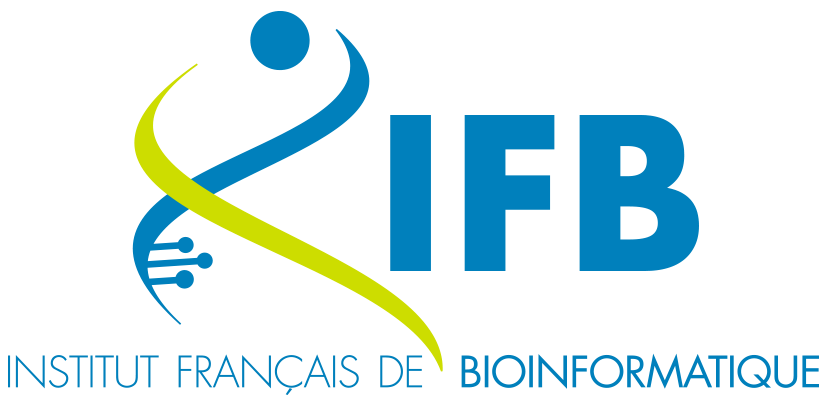About this version (v0.5)
This is a temporary version of MouseTube.
This version uses the same database as the initial version but with more recent and safer technologies. The main improvement is that data are now accessible without authentication.
If you want to share vocalization files, please contact us. This version does not allow to share file but we can do it manually.
This version uses the same database as the initial version but with more recent and safer technologies. The main improvement is that data are now accessible without authentication.
If you want to share vocalization files, please contact us. This version does not allow to share file but we can do it manually.
What is MouseTube?
Rodents communicate with each other through their various sensory modalities: olfaction (scent marking, glands), vision (postures), touch (contacts) and hearing (vocalizations). In the latter case, vocalizations are mainly emitted in the ultrasonic range, beyond human perception capabilities (Anderson, 1954; Brudzynski, 2005, 2021; Portfors, 2007; Schweinfurth, 2020). Ultrasonic vocalizations are emitted in various contexts: by isolated pups during the first two weeks of life, by juveniles and adults during same-sex social interactions, by males in the presence of females, and by individuals in aversive or appetitive situations (restraint stress, anticipation of pain, social play, food rewards) and exploring an unfamiliar environment. These ultrasonic vocalizations are used as markers of motivation and social communication (Fischer and Hammerschmidt, 2010; Schweinfurth, 2020), or of susceptibility to stress or anxiety, depending on the type of signal examined (Brudzynski, 2005). Ultrasonic vocalizations are therefore routinely measured in rodent models of neuropsychiatric conditions (Premoli et al., 2023).
The mechanisms of production, the temporal organization into sequences, the significance of the acoustic features and the effect on the recipient are far from elucidated. Understanding the complexity of this communication system requires a vast amount of data to explore with high-performance analysis methods. For that purpose, we developed MouseTube, a database designed to facilitate sharing, archiving and analysing raw recording files of rodent ultrasonic vocalizations following the FAIR (Findable, Accessible, Interoperable, Reusable) principles (Wilkinson et al., 2016).
Call for papers
Working on ultrasonic vocalizations? Together, Dr. Elodie Ey and Dr. Markus Wöhr are serving as guest editors for a Behavioural Brain Research special issue on Ultrasonic Communication in Rodents. They are more than happy to learn about your most recent discoveries.
More information here: Behavioural Brain Research - Ultrasonic Communication in Rodents
More information here: Behavioural Brain Research - Ultrasonic Communication in Rodents






